Exhibition
1. Early works
From impressionist photographs taken while Ishimoto was a member of photography club in Chicago to experimental works created while he was at the Institute of Design (known as the New Bauhaus).

Symphony in Cave
gelatin silver print, 1944-48
2. Chicago I
As with Tokyo, Ishimoto photographed the people and streets of Chicago throughout his life. We present mainly works created up until the year of his graduation from the Institute of Design, from lively children to mysterious shapes encountered on the street.
-
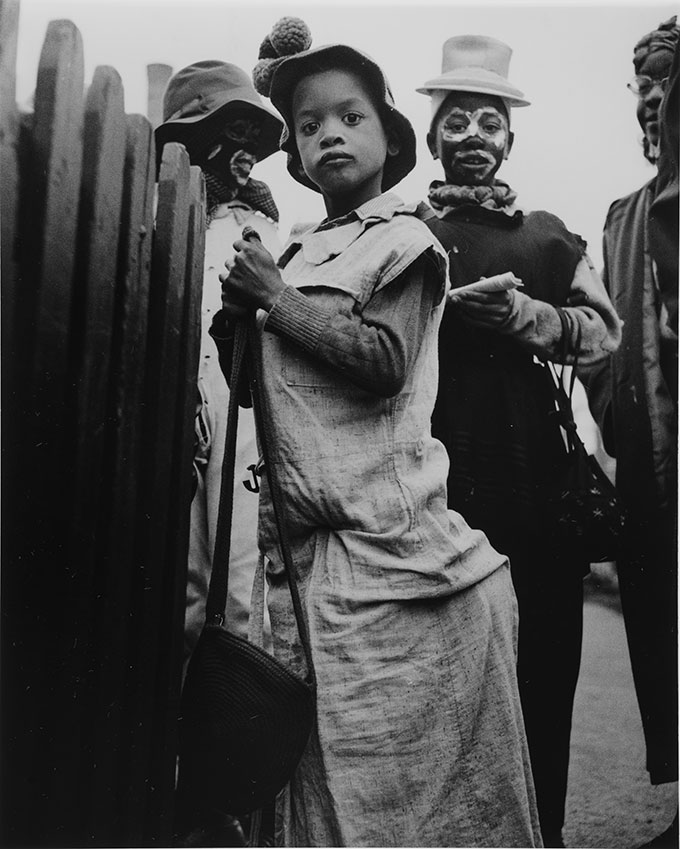
Chicago, Halloween
gelatin silver print, 1948-52
3. Tokyo I
Ishimoto continued to take photographs in Tokyo after he moved to Japan in 1953. Focusing on works from the 1950s, here you can see dynamic images that coexist with a keen sense of form and a human eye.
-
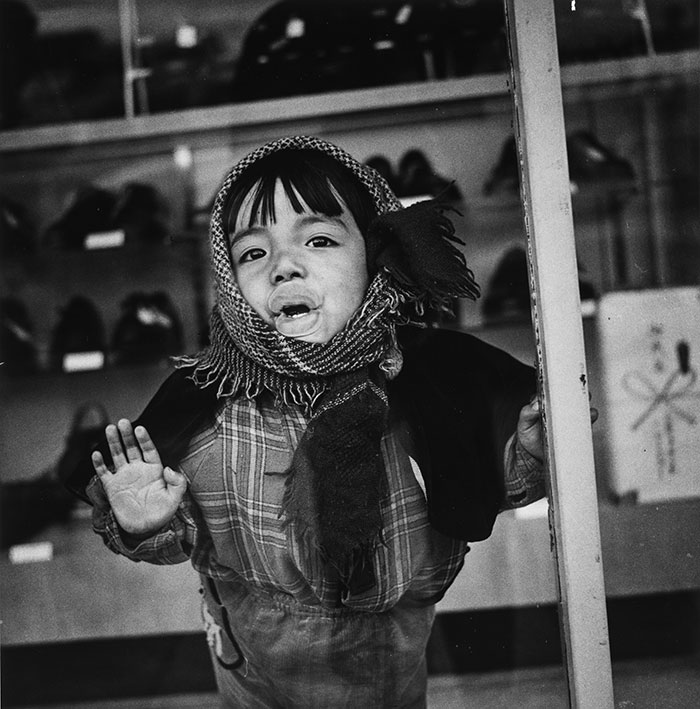
Tokyo, Little Ones
gelatin silver print, 1953-57 -
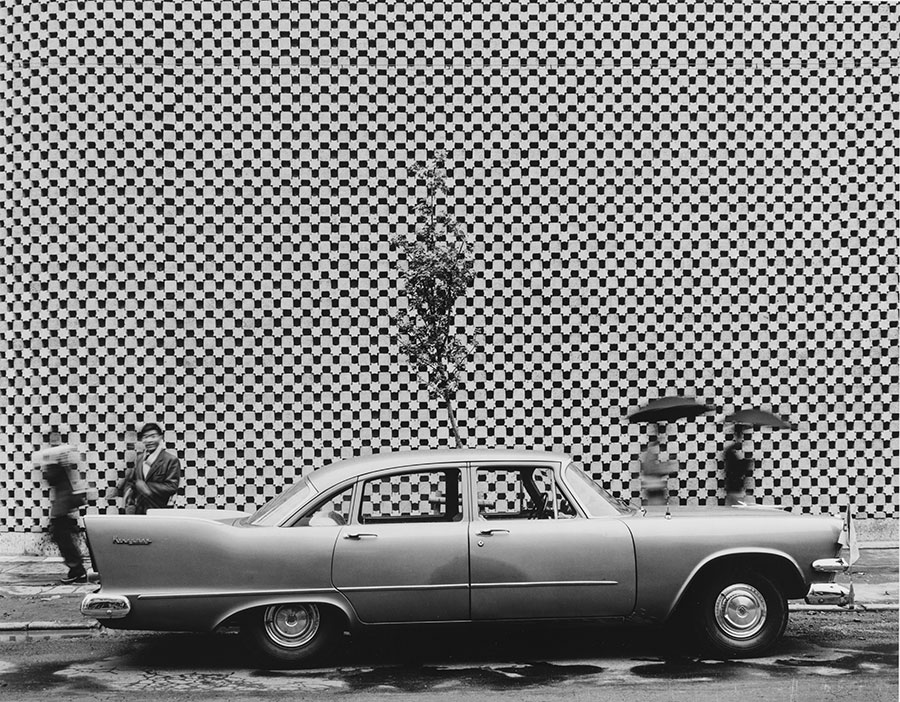
Tokyo, Town
gelatin silver print, 1953-57
4. Katsura Imperial Villa
These signature pieces that interpret traditional architecture with a modern eye are an early series taken in 1953-54. The acutely captured details and the expanse of space stimulate the five senses and invite us into a world of rich experiences.
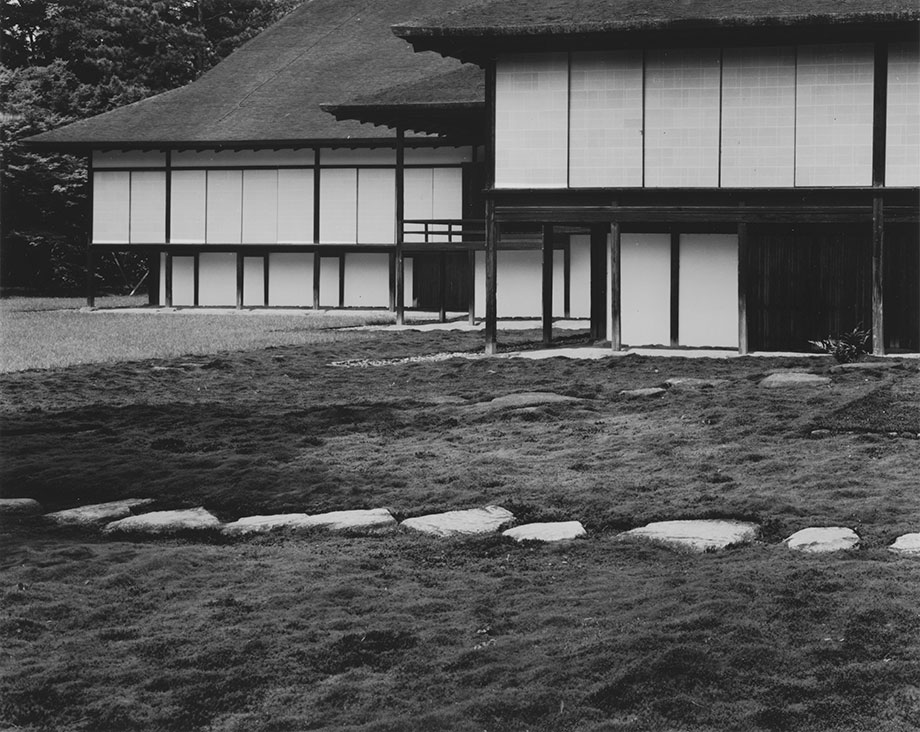
Katsura Imperial Villa, View of the Palace from the Middle Shoin east garden
gelatin silver print, 1953, 54
5. Chicago II
Works from Ishimoto’s three-year residency in Chicago from 1958 to 1961. With Chicago in the midst of a major redevelopment for the first time in 50 years, Ishimoto captures the transformation of the city and the people living there from a more precise point of view.
-

Chicago, Town
gelatin silver print, 1959-61
6. Tokyo II
Mainly works from the 1960s to the 1980s. Ishimoto's technique for capturing the changing times—from the economic boom and student protests to the bubble economy—and the dynamism of the city is brilliant.
-

Tokyo, Town
gelatin silver print, 1988
7. Industries of Japan
Ishimoto photographed factories and power plants in various locations during the boom of the 1960s, but he also turned his attention to pollution, garbage, and the destruction of nature. We present Ishimoto’s multi-layered perspective on modernization, including works that have rarely been shown.
-
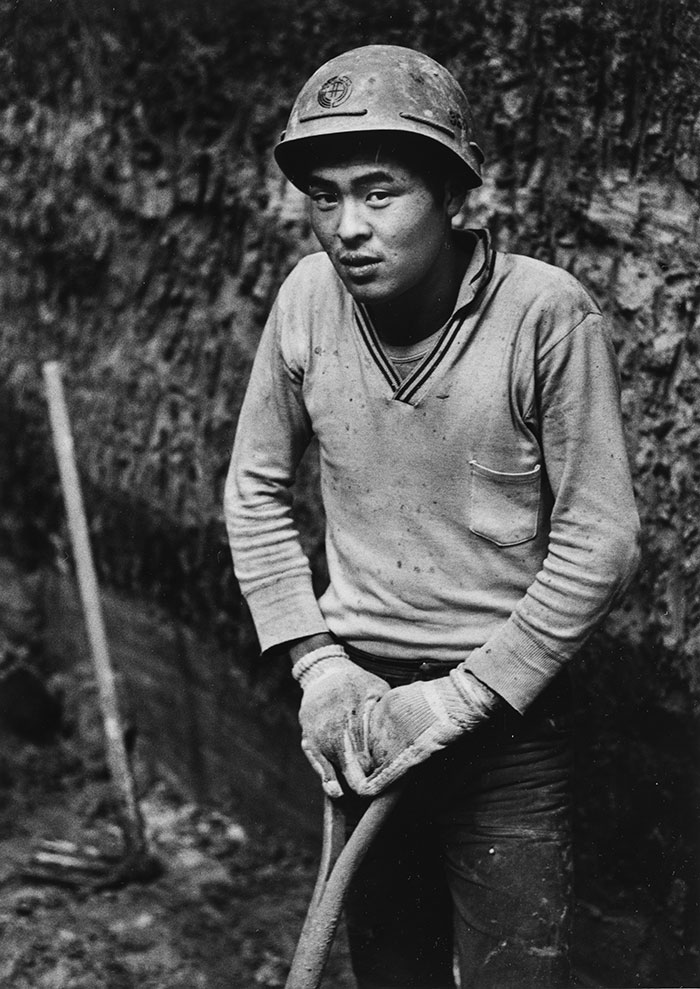
Tokyo, Town
gelatin silver print, c. 1963 -
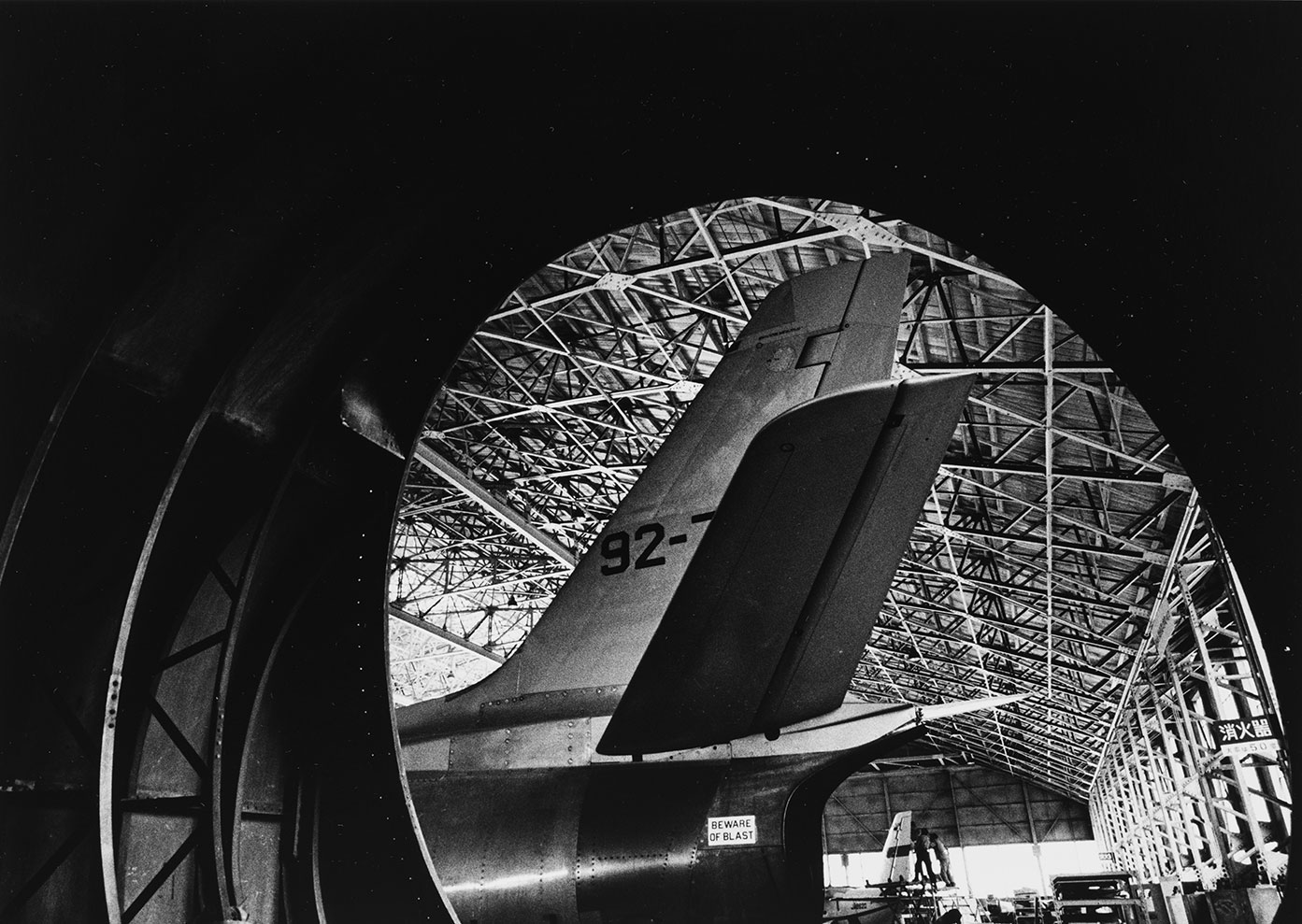
Industries of Japan (Aeroplane)
gelatin silver print, c. 1963
8. From the periphery
Works that cover local life and folk entertainment that lives on. These include Gojinjo-daiko (drum) performances in Wajima, Ishikawa Prefecture and life and agriculture in Tohoku and Hokkaido. These works seem to capture modernization from peripheral Japan.
-
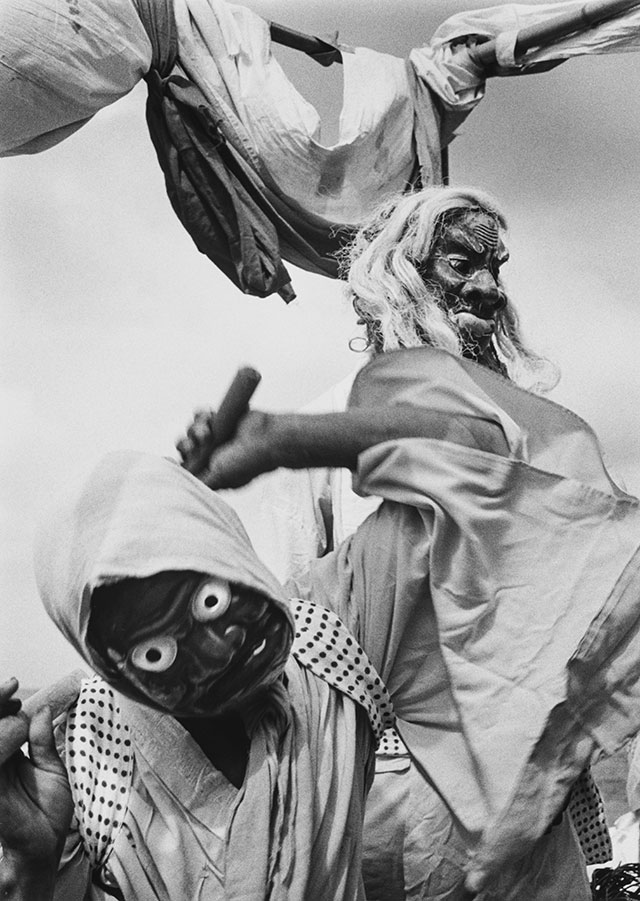
Gojinjo-daiko, Wajima
gelatin silver print, 1962-64
9. Portraits
Photographs taken of figures including Hijikata Tatsumi, Kara Juro, Mishima Yukio, and Ishihara Shintaro, when Ishimoto was involved portrait work around the 1960s. Note the remarkable individuality of these major figures and the atmosphere of the times.
-
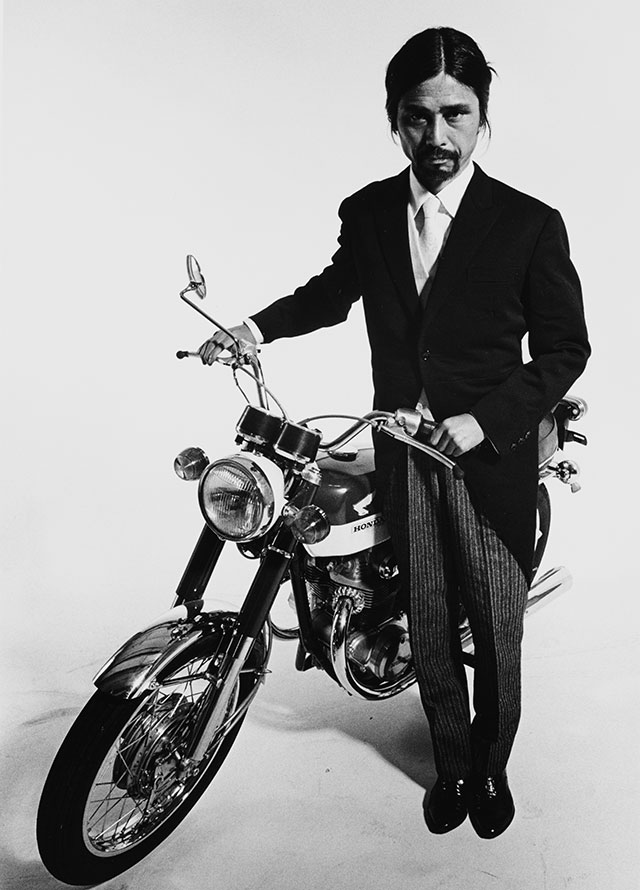
Portrait (Hijikata Tatsumi)
gelatin silver print, 1968-69
10. Modern Architecture
Ishimoto's architectural photography, from Tange Kenzo, Shirai Seiichi, Isozaki Arata, Kurokawa Kisho, and Naito Hiroshi to Mies van der Rohe. Ishimoto had trusting relationships with many architects and was deeply connected to the world of architecture and design.
-
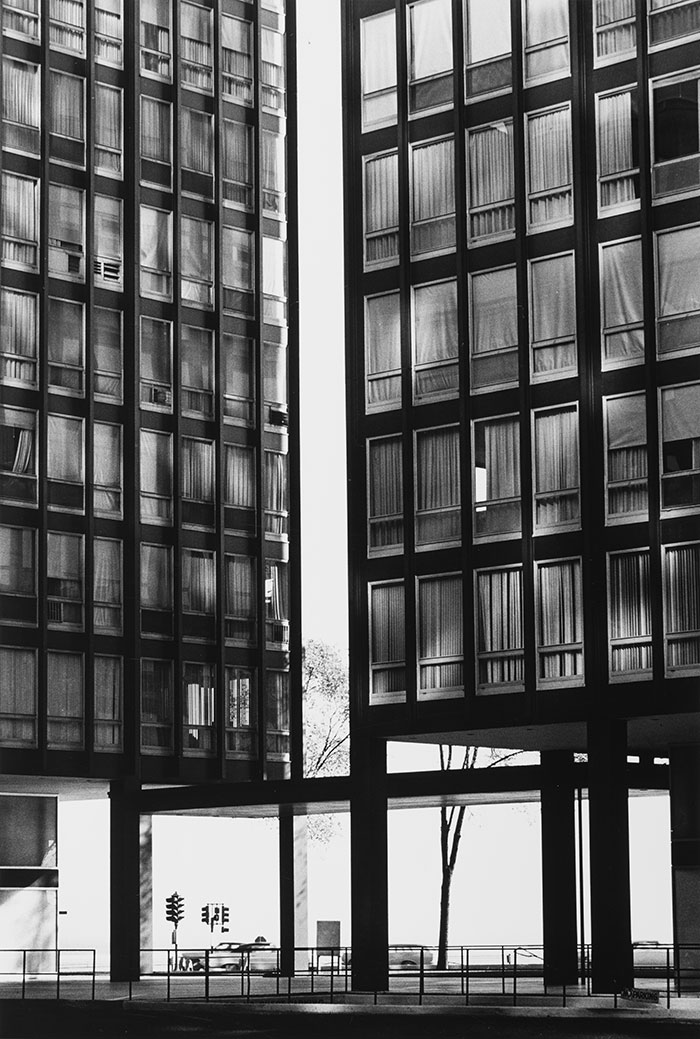
Architecture of Chicago, 860-880, Lake Shore Drive Apartments (Mies van der Rohe)
gelatin silver print, 1966 -
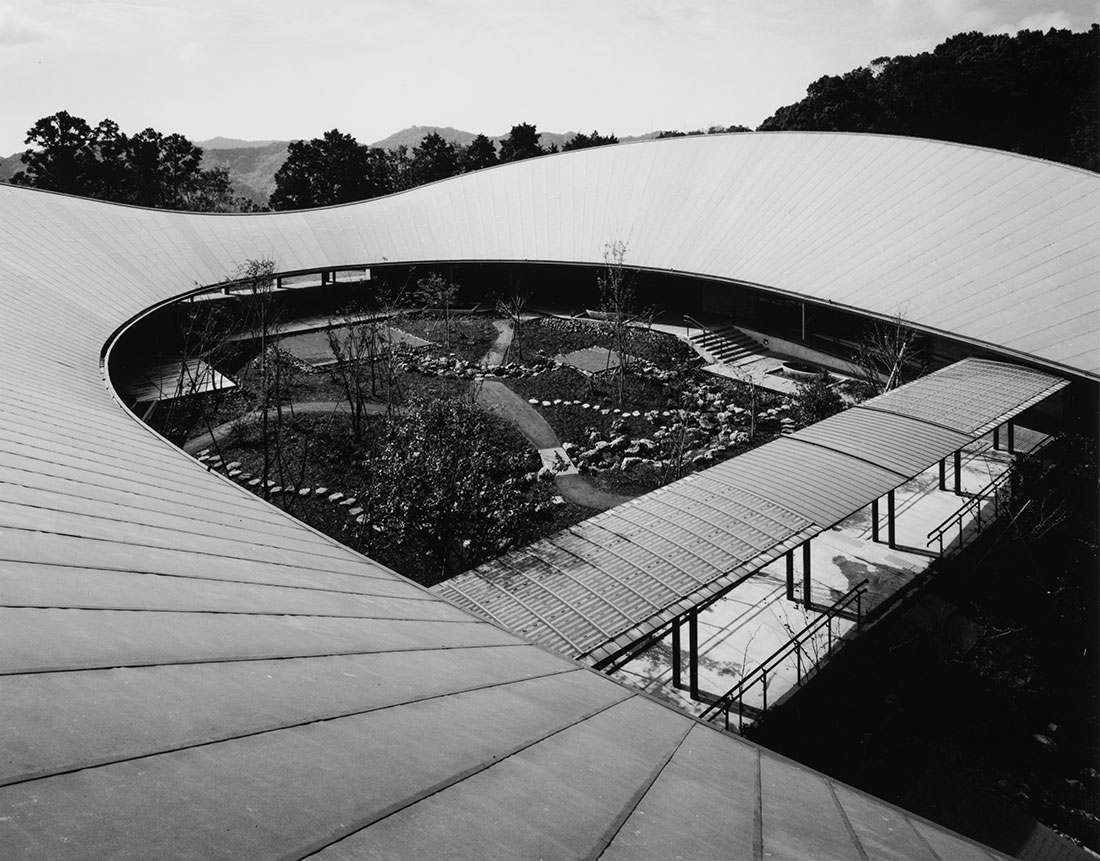
Makino Museum of Plants and People (Naito Hiroshi)
gelatin silver print, 1999
11. Islam: Space and Patterns
From the Middle East to India, we present works in colour that capture the space and patterns of Islamic mosques. Ishimoto's lens beautifully captures how colours and forms create space.
-
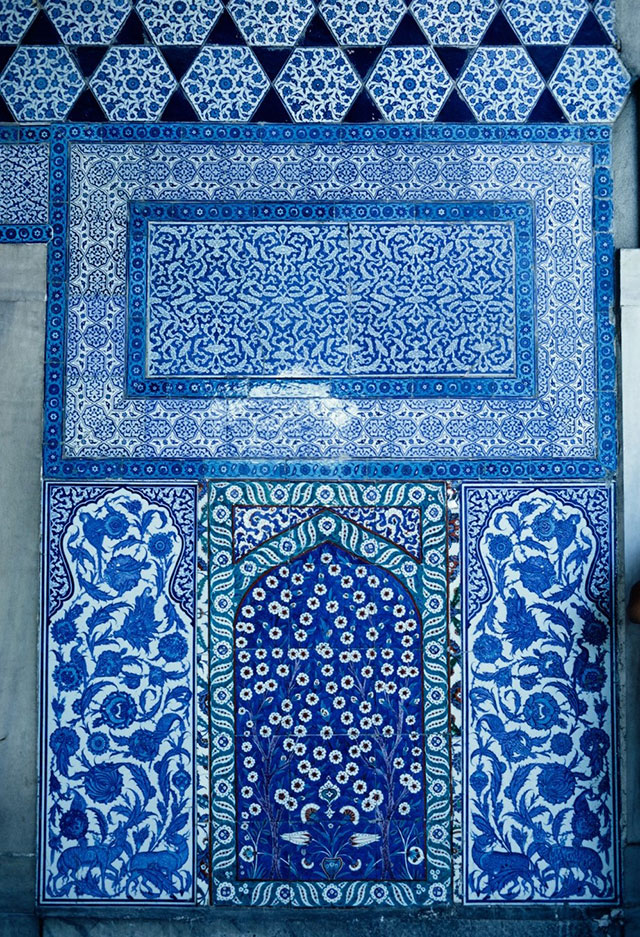
Tile Works of Sünnet Odas, Top Kapu Saray, Istanbul
positive film, 1971
12. The Mandalas of the Two Worlds
A series of close-ups of the Den Shingon-in Mandalas national treasure at Toji Temple (Kyōōgokokuji) in Kyoto. When released in 1977, these photographs sparked intense interest in the mandalas. More than 110 large-scale prints from the collection of The National Museum of Art, Osaka are on exhibit.
13. Tracing history
Through his Katsura Imperial Villa and mandala work Ishimoto developed a deep interest in understanding history and tradition from a contemporary perspective, and this led him to take on the work of tracing history and tradition all over Japan. Here we present works exploring the religious culture of the Kunisaki Peninsula in Oita Prefecture and the Eleven-faced Kannon that is ubiquitous around Lake Biwa.
-
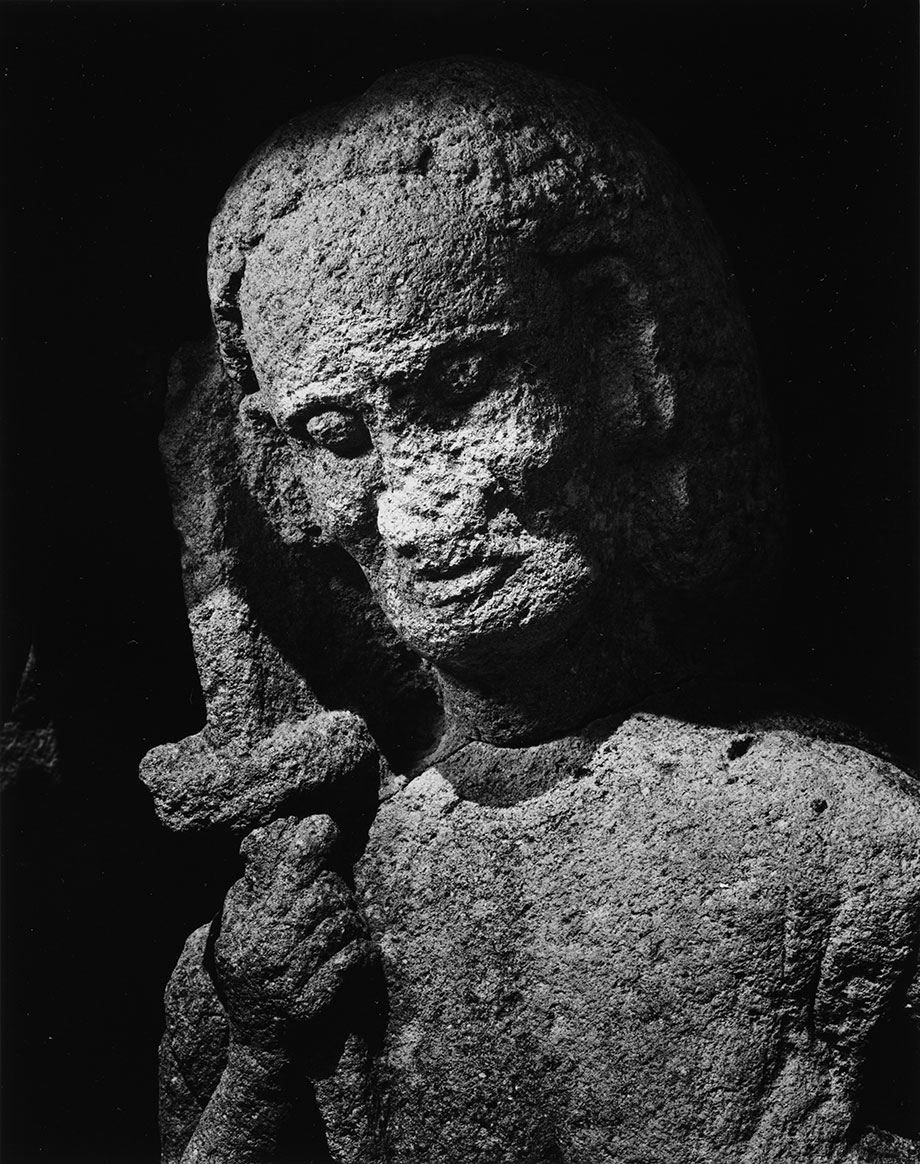
Journey to the Kunisaki, Koshinto, Udera
gelatin silver print, c. 1977
14. Shapes
Here we present works that capture shapes created by nature and man-made objects. This group of works clearly shows Ishimoto's characteristically rich compositional sense, which comes from his Bauhaus training.
-

Earth Floor of Egawa House, Nirayama
gelatin silver print, c. 1956
15. Food Journal / Wrapped Food
In the 1980s, all sorts of food items were wrapped and arrayed in supermarkets, to be delivered to our tables. This series, which captures these items in a matter-of-fact way, can be seen as Ishimoto's critique of this consumer society.
-
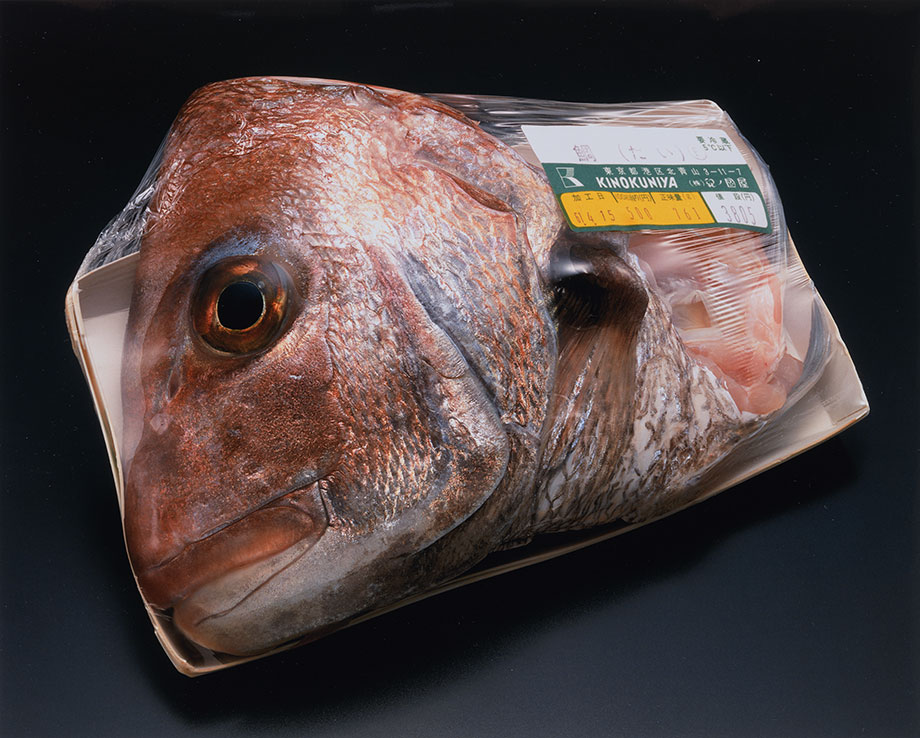
Food Journal, Sea bream
chromogenic print, 1986
16. Ise Jingu
Ishimoto's gaze on history and tradition led him to an Eastern sense of the temporality of eternity, culminating with his photographs of Ise Jingu during the Shikinen Sengu ritual of 1993.
-

Ise Jingu, Naiku, Pure stream at the site for ablution
gelatin silver print, 1989, 93
*All images are from The Museum of Art, Kochi collection
©Kochi Prefecture, Ishimoto Yasuhiro Photo Center



